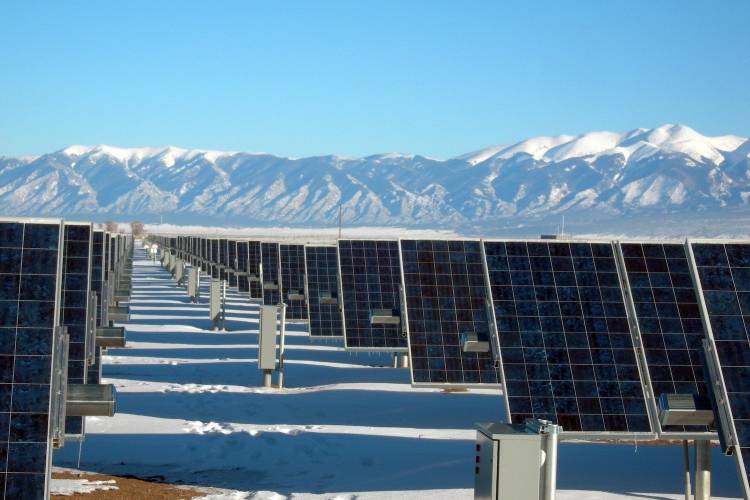Talk About It

Photo: Daniel J. Cox
Open up and talk about climate change (and climate solutions) with friends, family members, and colleagues. By talking about climate change, you'll help make it a kitchen table issue.
How to Have Climate Conversations
Research tells us that a majority of Americans are concerned about climate change, but they are self-silencing because they’re convinced they have the minority opinion. If we can empower the majority who are already concerned about climate change to start talking with their friends and families, we can start to turn the tide on this misconception and really start mobilizing for change.
Here are a few tips for having these important conversations:
Lead with stories and shared experiences. Rather than bombarding people with facts and data or applying fear and shame, focus on experiences that you share. Beginning with shared values offers natural openings for talking about climate warming. Try grounding these conversations in what connects you to the other person—whether it’s winter sports, a local extreme weather event, global conflict over oil, national security, or children and grandchildren. Then connect the dots between what you both care about and a changing climate.
Show respect for the other person’s experiences by actively listening in the conversation. Ask questions and talk about their concerns. Interacting from a place of mutual respect will help you maintain a more honest and open dialogue.
Don’t pretend to have all the answers. You don’t need to understand complex climate models or all the proposed solutions to talk about the climate crisis in a meaningful way. The point is simply to talk about the issue and share concerns instead of avoiding them. By making climate change an everyday topic, you’ll help normalize caring for the environment and the need to change systems—bringing your friends, family, and community into the conversation.
Be sure to include solutions in your conversation! Challenges around climate warming can bring up difficult feelings, but pairing this experience with information about tangible solutions can motivate meaningful action.


“If we don’t talk about climate change, why would anyone around us know we care—or even begin to care themselves if they don’t already. And if they don’t care, why would they act?” - Dr. Katharine Hayhoe
Photo: Daniel J. Cox

Climate Mechanism Corner
We know from communication research that if someone understands how something works, they are better poised to identify meaningful solutions to the problem—like limiting the burning of fossil fuels for energy to address climate change. We find it helpful to use the National Network of Ocean and Climate Change Interpretation's tested metaphors to diffuse the complicated science into something familiar and more recognizable. And it can be explained in 60 seconds or less!
Heat Trapping Blanket
A metaphor for the basic mechanism of climate change
When we burn fossil fuels for energy, we add more and more carbon dioxide into the atmosphere. This buildup acts like a blanket that traps heat around the world, which disrupts the climate.
Regular and Rampant CO2
A metaphor for anthropogenic carbon dioxide
“Regular” carbon dioxide is used and created by normal life processes, but “Rampant” carbon dioxide comes from burning fossil fuels for energy. We need to reduce rampant CO2. It’s getting out of control.
Ocean as the Climate's Heart
A metaphor for the role of the ocean in the climate system
Just as a heart circulates blood and regulates the body’s temperature, the ocean controls the circulation of heat and moisture throughout the climate system.
Osteoporosis of the Seas
A metaphor for some of the effects of ocean acidification
Ocean acidification changes the chemistry of the ocean and causes “osteoporosis of the sea,” which prevents animals at the bottom of the food chain from building and maintaining the protective shells they need to survive.













